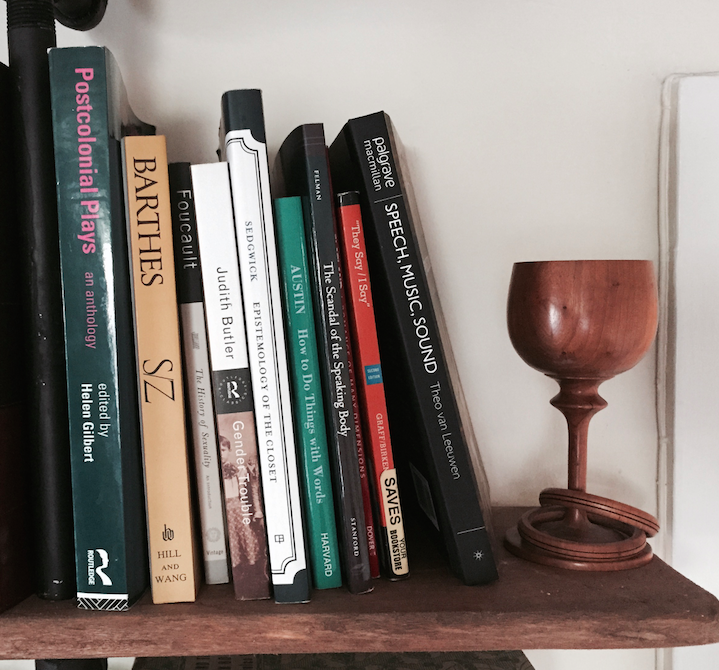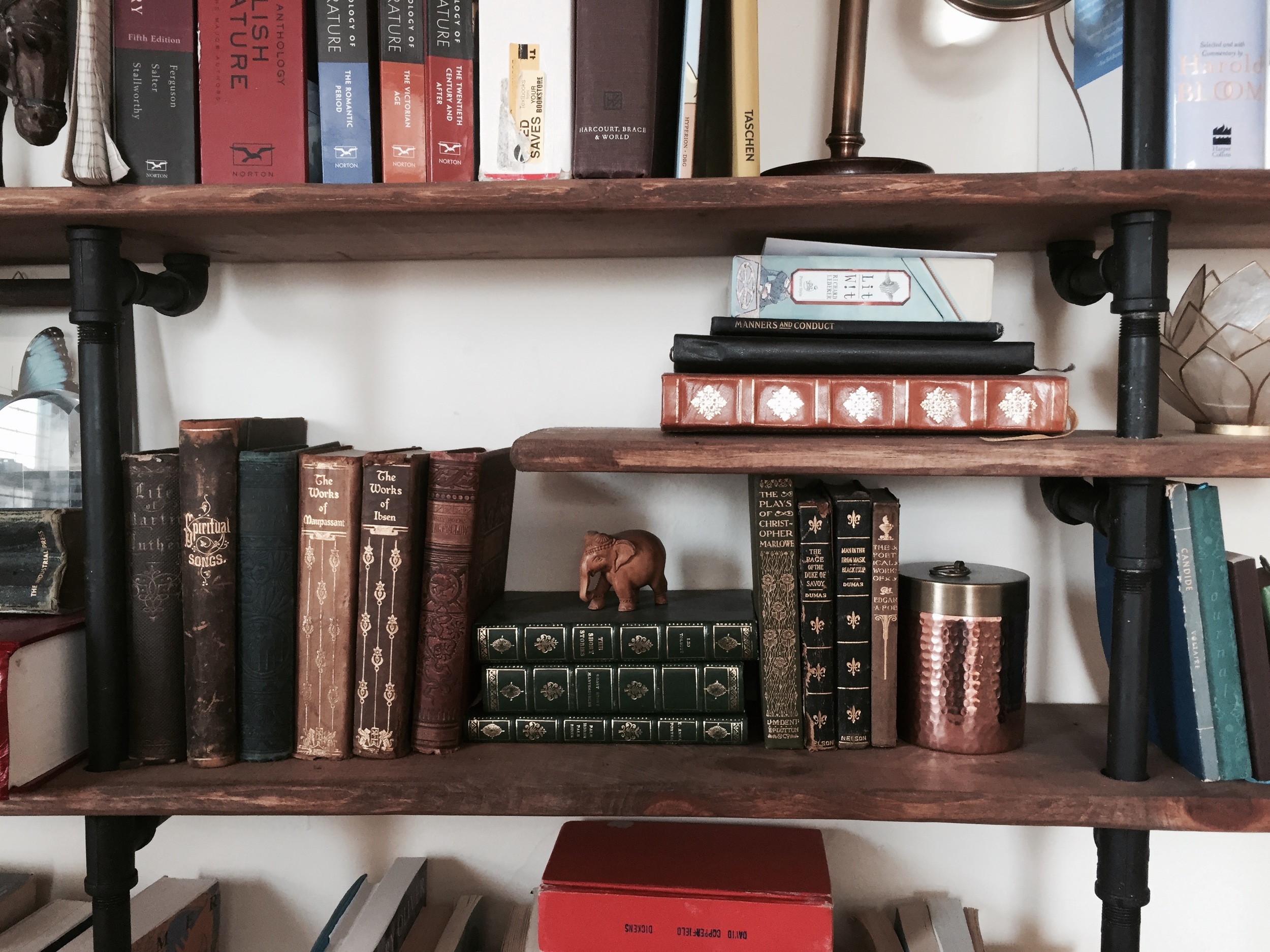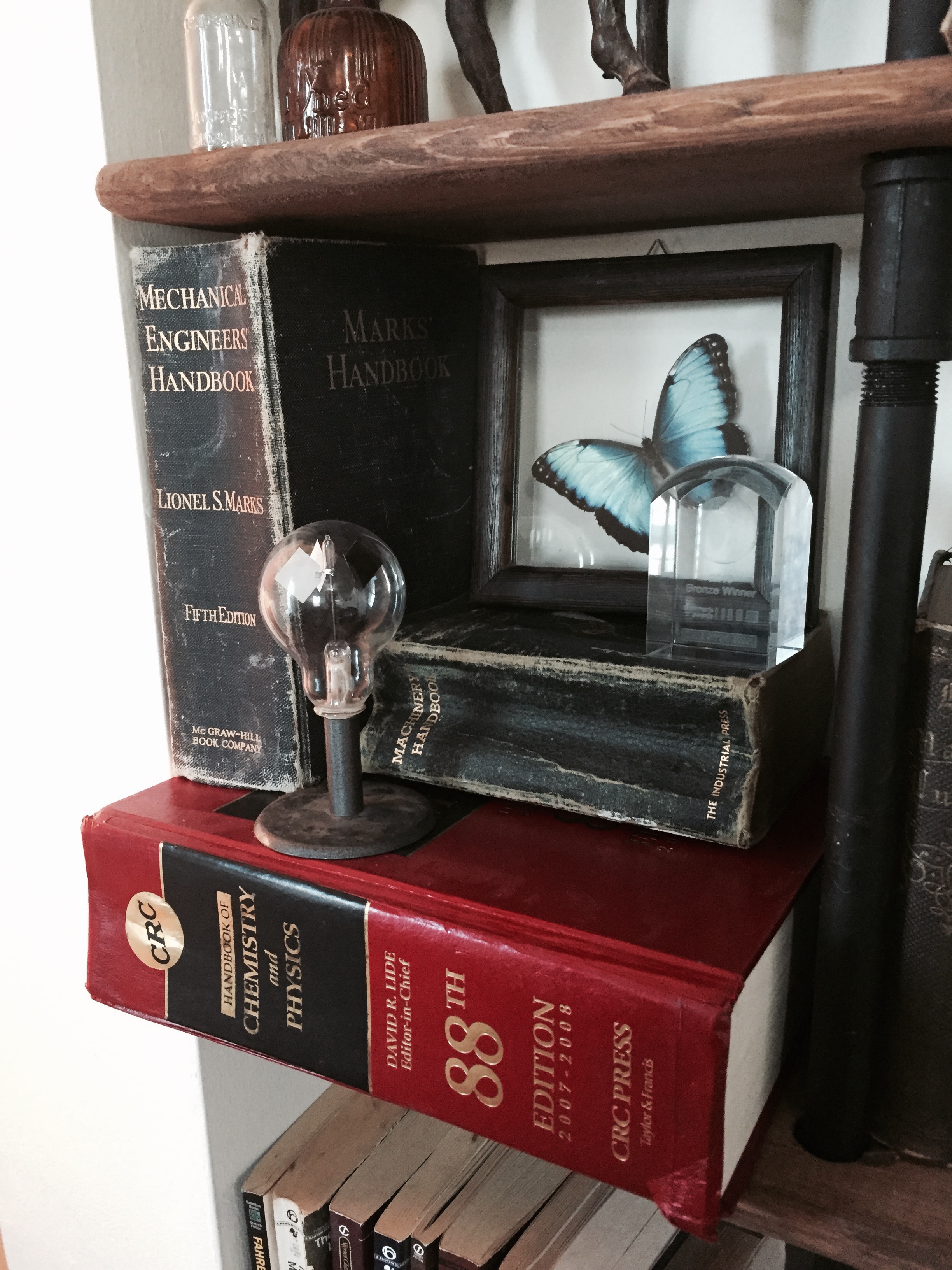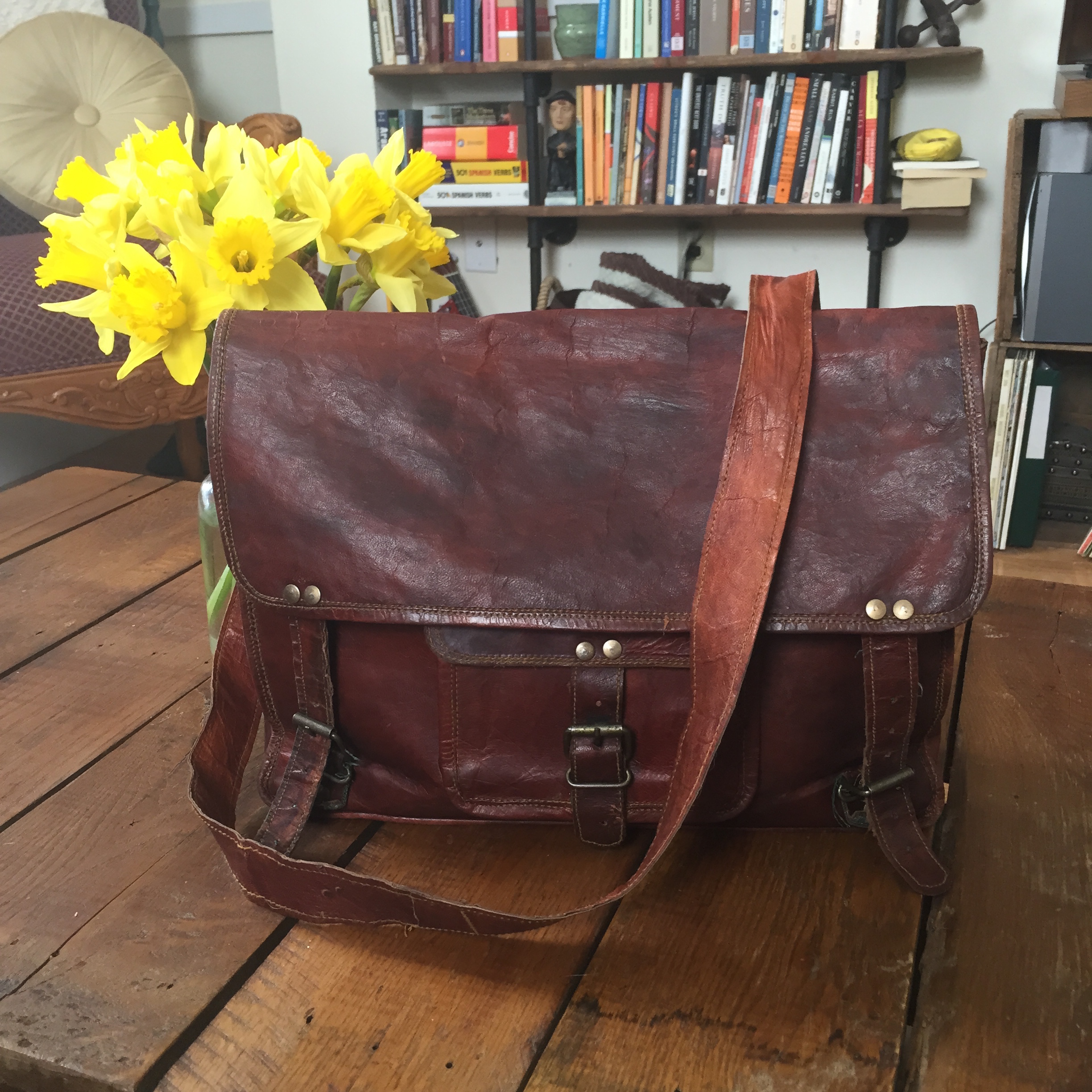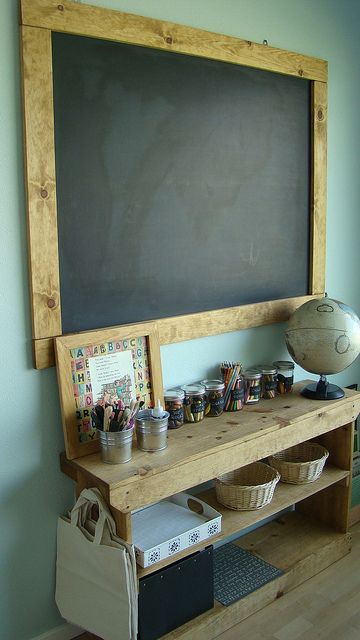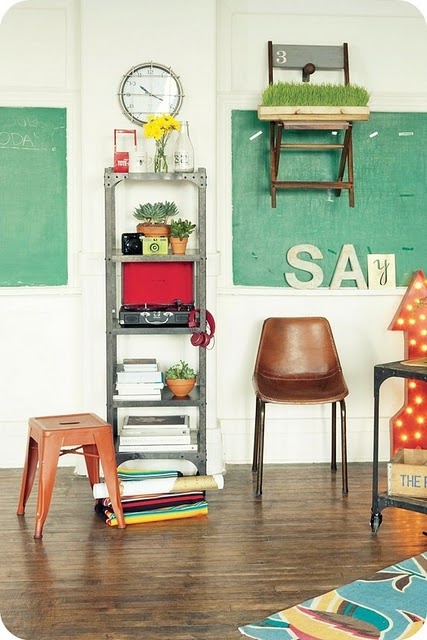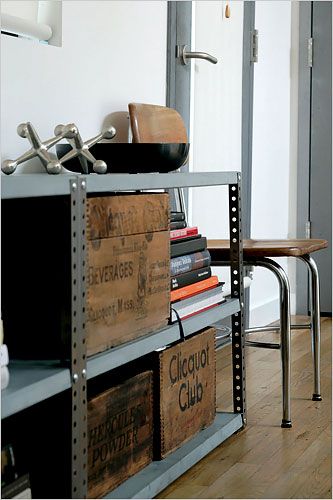A particularly inspirational fellow teacher and blogger, Rusul Alrubail, posted recently in response to this article. I found her post and this article to be so relevant and so heartbreaking that I wanted to dedicate my ever-so-tiny and modest far corner of the internet to this issue for a moment. The spark notes version of this article features a school in New York's foreign language department that arranged for the US Pledge of Allegiance to be recited over the announcements in a different language each day for one week. After the day in which a school student recited the pledge in Arabic, the school received a barrage of complaints from students and parents. Complaints ranged from individuals saying that they had lost family in the war in Afghanistan to the sentiment that it was disrespectful to the Jewish members of the school body. The school issued an apology and declared that the pledge would only ever be read in English in the future.
Because that's America now. You're welcome to be here, so long as you promise not to contribute any notable ethnic diversity or nonwhite culture to our system.
I have a few, fairly separate, but mercifully brief points that I would like to make in response to this.
1) The people of Afghanistan do not speak Arabic. Dari and Pashto are the primary languages. But kudos on engaging in such a thorough and consistent level of ignorance.
2) When we start designating languages as representative of racial conflicts that are distinct to both a specific time and location, we are going to have to make some serious system changes. The day Arabic is offensive to the Jewish population is also the day that we will unfortunately have to start eyeing German suspiciously.
3) If anyone thinks that the brave men and women who give and have given their lives in the service of this country do so in order for us to have the freedom to limit the cultural heritage and expression of school children attempting to participate and engage in American ideals, I take extreme offense to that.
I hope students everywhere feel that they can explore their identities as Americans in light of their cultural heritage. This is one of the factors that has made and does make America a great nation. My heart breaks for the students who see their identities as Americans forcibly divorced from and opposed to their cultural, racial identities.
"What makes you American is not the language you speak, but the ideas you believe in" - Andrew Zink


